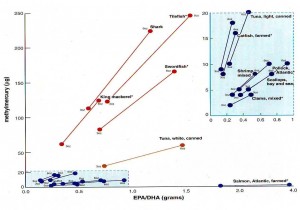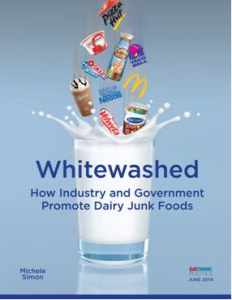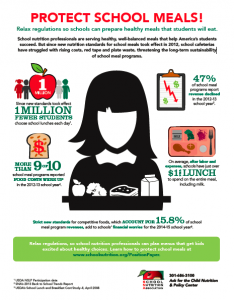New House Majority Leader represents Big Ag
I love reading Politico Pro Agriculture. It comments this morning on the new Majority Leader in the House, Kevin McCarthy (R-CA), who represents the San Joaquin Valley where Big Agriculture is worth $3 billion. This comes from 16 commodities, among them cotton, garlic, cattle, tomatoes and wine grapes..
Pro Ag quotes Western Growers President and CEO Tom Nassif:
Majority Leader-elect McCarthy has provided critical leadership on a number of issues impacting the produce industry, including ensuring passage of a farm bill that recognizes the importance of fresh fruits, vegetables and tree nuts, ongoing work to negotiate a solution to our water crisis, and of course working to address the immigration needs of agriculture…We look forward to working this year with the new majority leader to bring relief to our drought stricken farmers and to finally fix our broken immigration system.
Pro Ag did some homework and checked the lobbying database on Open Secrets.
- McCarthy’s 2013-14 campaign contributions from agribusiness PACs and individuals: $226,550.
- McCarthy is third in rank among top House recipients of food and beverage contributions so far in 2014: $67,481.
As for what to expect from McCarthy? Think Eric Cantor.
According to Vox‘s Ezra Klein,
It’s hard to come up with ways in which Rep. Kevin McCarthy, the California Republican who previously served as House Republican Whip, differs from Cantor. They both want to cut taxes. They both voted for the Ryan budget. They both want to repeal Obamacare. And, for all the talk of Cantor’s defeat being about immigration reform, McCarthy has basically the same position on immigration reform: he’s abstractly for immigration reform, but he’s not going to bring any solution to the problem up for a vote.
Business as usual, alas.








